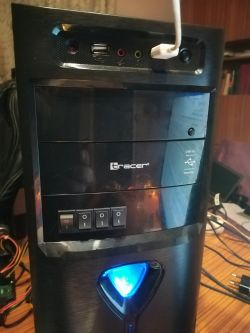Christophorus wrote: I have solved it on my computer in such a way that I have two physical disks.
This is a solution, although in my opinion two disks can be used more optimally. On one both working systems, and the other working as a mirror. If we do not want to play with hardware solutions in this area, there is an automatic incremental backup (in Linux it works great, and it is an inherent feature of the system).
The author has a different fun here, adding another system to one hard drive, at best, can introduce unwanted changes to the startup program (grub2 mentioned here). There is a simple remedy for this, just copy the correct configuration of the grub and restore it after a possible crash. You can also run the grub installer (we run the linux system from the disc / flash drive and manually mount the appropriate partitions), but it requires a bit of knowledge and skills to work in the console.
Certainly with such work it is absolutely necessary to make a list of all valid partitions with a description of their types and purpose. Also, remember that the same partitions are displayed differently on different systems. And here we have to be sure that these are our correct partitions, so as not to accidentally delete some strategic data for us.
In the past, a very convincing method in such situations was the use of two disk bays, but over time this solution was withdrawn from the market. It is always the next row of mechanically working contact joints, the additionally removed hard drives got more to the bone when they were moved / moved.



